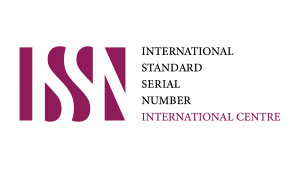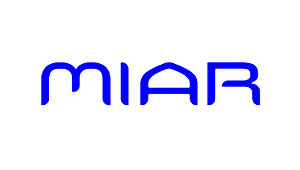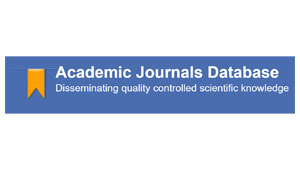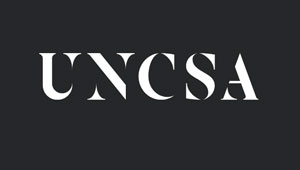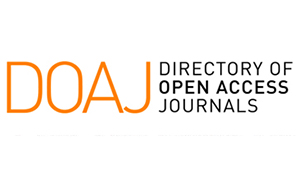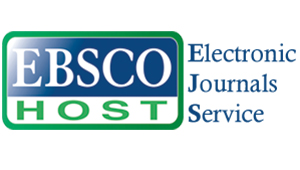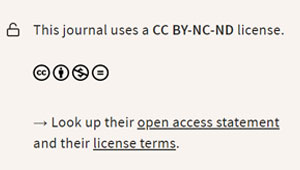Llacta Chanca Erlinda
DOI: 10.59427/rcli/2023/v23cs.3998-4007
This article arises from the abrupt changes that occurred in the field of education with the arrival of the pandemic, going from a model based on the dissemination of training concepts and the teacher-student relationship, to one in which promotes learning through the use of technological tools; In this context, alternatives arise, such as the flipped classroom methodology as a viable alternative process to conventional education, due to its extensive literature and international diligence, since it attempts to reverse the functions and instances of teaching in a traditional way. To this end, the general objective was to identify the impact of the flipped classroom model in the field of mathematics, and also, as a specific objective, to identify the particularities of teaching the flipped classroom model in mathematics. In order to achieve the objective, a bibliographic search methodology and a descriptive review of articles referring to Flipped Classroom were followed; For this, the quality of the database to be selected, the keywords defined in the study, the type of findings, the synthesis of the data and the most significant metadata were taken into consideration. Among the results, it stands out that the insertion of digital environments into teaching in the area of mathematics at all educational levels can have a beneficial effect on the improvement of the numerical skills of schoolchildren and other areas of science; reaching the conclusion that the flipped classroom teaching methodology allows students to learn at their own pace, since it allows them to listen, pause and repeat the explanations as many times as necessary.
Pág 3998-4007, 31 Dec

